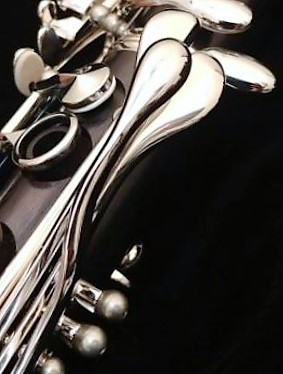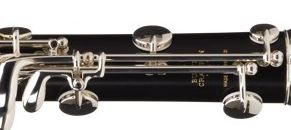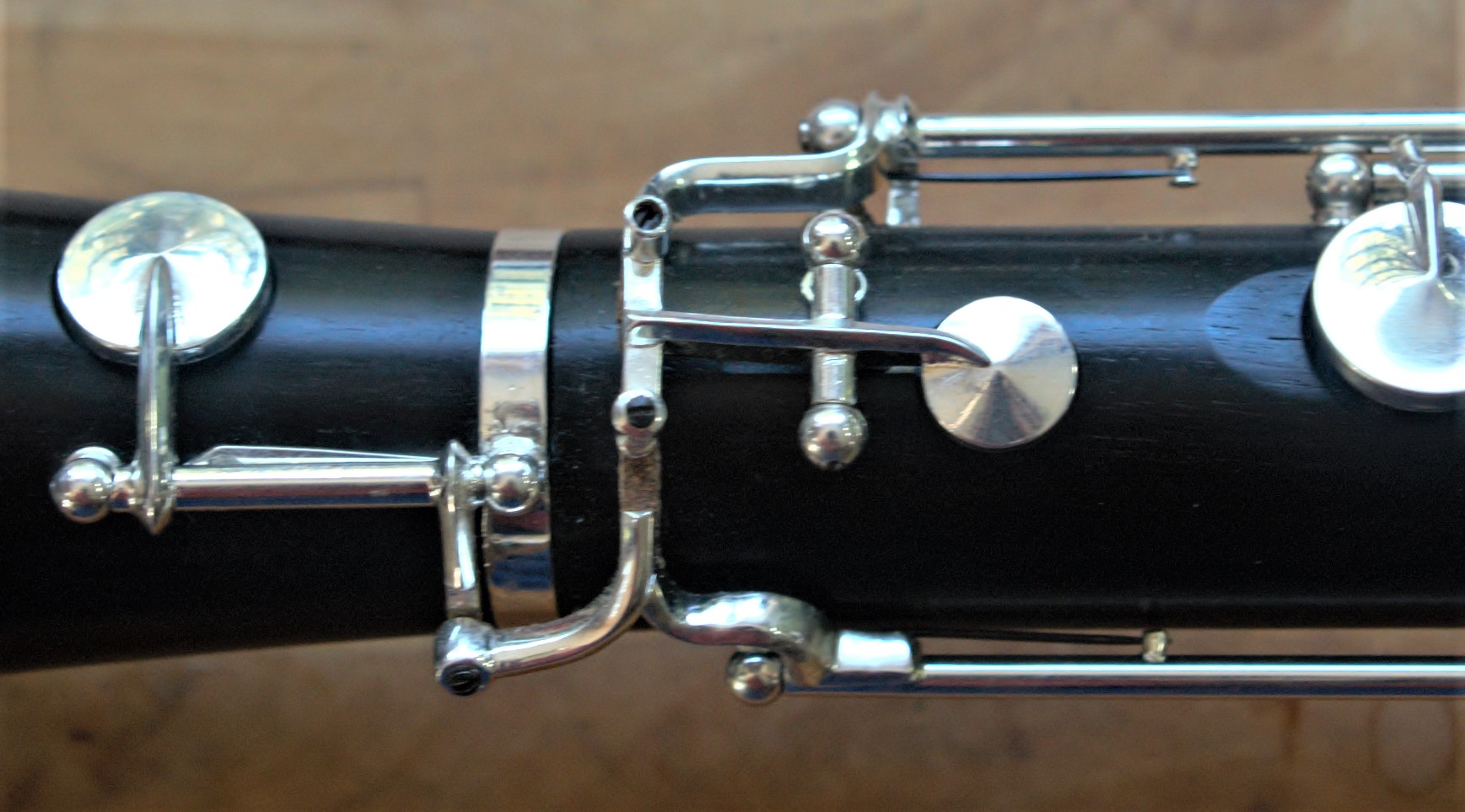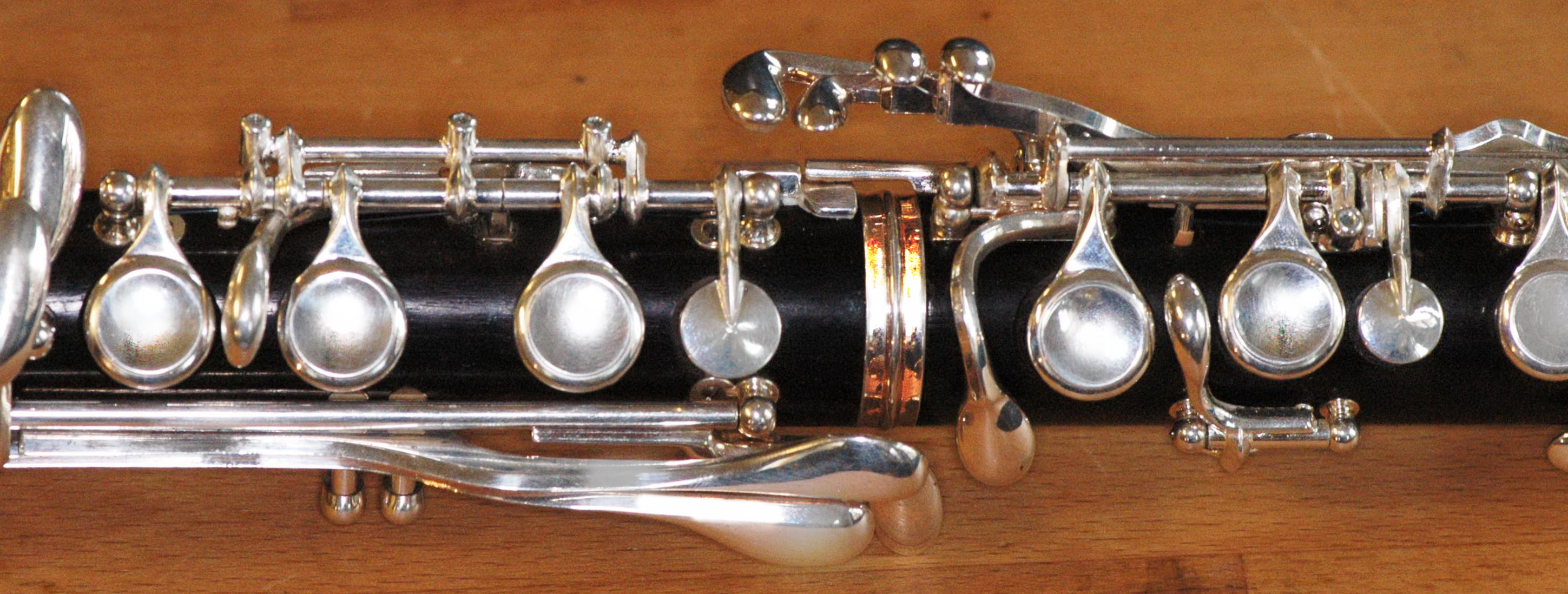-
Lohff & Pfeiffer
Om Lohff & Pfeiffer
Impressum
Kontakt
Nyhedsbrev
Lokation
L&P team
- Instrumenter
Generelt
Handelsmuligheder
Om klarinet
Søg specifikt instrument
Ab-klarinet
Eb-klarinet
D-klarinet
C-klarinet
Bb-klarinet
A-klarinet
Mozart klarinet i A
G-klarinet
Bassethorn i F
Alt-klarinet i Es
Basklarinet i Bb
Kontraalt-klarinet i Es
Kontrabas-klarinet i Bb
Tysk system Bb
Reform Boehm A & Bb
Peter Bastian Instrumenter
Plateau klarinetter
Kvarttone-klarinet
- Optimeringer
Optimization
Customization
Specialties
Specielle Klapsystemer
- Tilbehør
Generelt
Plejemidler
Til klarinetter
Blade
Værktøj til blade
Remme og tommelstøtter
- Værksted
Bestil tid
Om reparation
Vedligehold
Legering
Puder
Pudeteknik
Revner
Tonehul problemer
Samlinger
- Gode råd
God råd
Videos
Worldwide external information
Problemer & løsninger
Undervisning og læring

Full Boehm clarinet.Klappe terminologie
The clarinet key terminology refers to the number of keys installed onto an instrument.
These are the most common ones:
1. 17 keys/6 rings, this is the most common Boehm system clarinet key setup.
Standard 17 key arrangement
2. 18 keys/6 rings, this is the most common professional Boehm clarinet key setup. It adds the left hand Eb/Ab lever.
On the older model, this key was placed between the left-hand C#/F# and the left-hand E/B lever. It often caused irritations due to its position, the C#/F# lever arm was comparatively long, and you could often experience that the C#/F# key was bouncing. Thanks to the Danish Royal Guard player Jeppe Tom Petersen, did we design the new outside left hand Eb/Ab mechanism which Buffet adopted quickly and it became the modern standard used by all manufacturers.
If you experience problems with the jumping C#/F# key, it is possible to change your clarinet to the modern system.
LP-style left hand Eb/Ab lever. It can be added to any instrument.

This old style Eb lever positioned between the E/B and C#/F# lever. The longer C# lever makes it very noisy and often bounds.
3. 19 keys/6 rings. These nominations can either refer to an additional low Eb/Bb key, which was very common until the 1980 or to the modern clarinet with an F-correction key, like on the Tosca from Buffet.
a) The low Eb/Bb key allowed payers to play on Bb clarinet the A clarinet voice, by transposing it half a note down. It saved them the expense of for an A clarinet. Many older recordings for A clarinet, were played on these extended Bb clarinets.
b) The Low F-correction brings the notoriously flat F slightly up in pitch. It was first introduced by Buffet on the Tosca and later applied also to the Tradition, Divine, and now the Legend.
Low F correction (Buffet Tosca/Divine style)
Since it does not influence the low E, which still will be flat, an additional low E-correction can be added. See also red more
Low EF resonance mechanism
LP Low E/F resonance mechanism
4. Besides these, there have been numerous other more advanced models with up to 22 keys and 7 rings. Due to their complexity, increased weight, and difficult maintenance, did they disappear. You might find them occasionally and wonder what all these keys were for.
5. The Plateau system or full-covered Bb clarinet key systems like on oboes or bass-clarinets used to be produced by all manufacturers in the '30s. These instruments were prevalent among doublers, who played saxophone and clarinet in the dance or swing bands.
Unfortunately, one after another, the maker stopped producing them. They were very labor-intensive and had acoustical problems, which made them finally disappear.
It was another Danish musician Liz Petersen , who inspired us to reintroduce the plateau system to help players with all sorts of hand problems. See more at red more
Full plateau system, It is also possible to get only indivifual keys cobered with a plateau
6. A very special kind of clarinet is the quartertone clarinet, which we had built for Gregory Oaks. Quartertones are used in avant-garde music as well as several ethnical styles (Arabic music). The challenge was to develop a key system that was as close to the traditional fingering as possible. With only two extra keys to operate, is the clarinet now fully functional and can play scales from the low E on in quartertones
Hjælp os med at blive bedre
Var denne artikel informativ?
Kommentarer, tilføjelser og spørgsmål er altid velkomne på: info@clarinet.dk(C) 2014 - by Lohff & Pfeiffer - Brøndbyvej 211 - 2625 Vallensbæk + 45 3535 8643 - SE DK 1895 7485 info@clarinet.dk - Instrumenter






